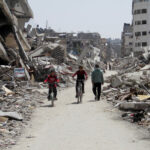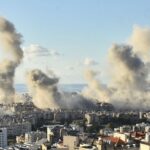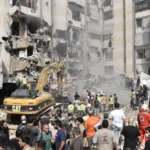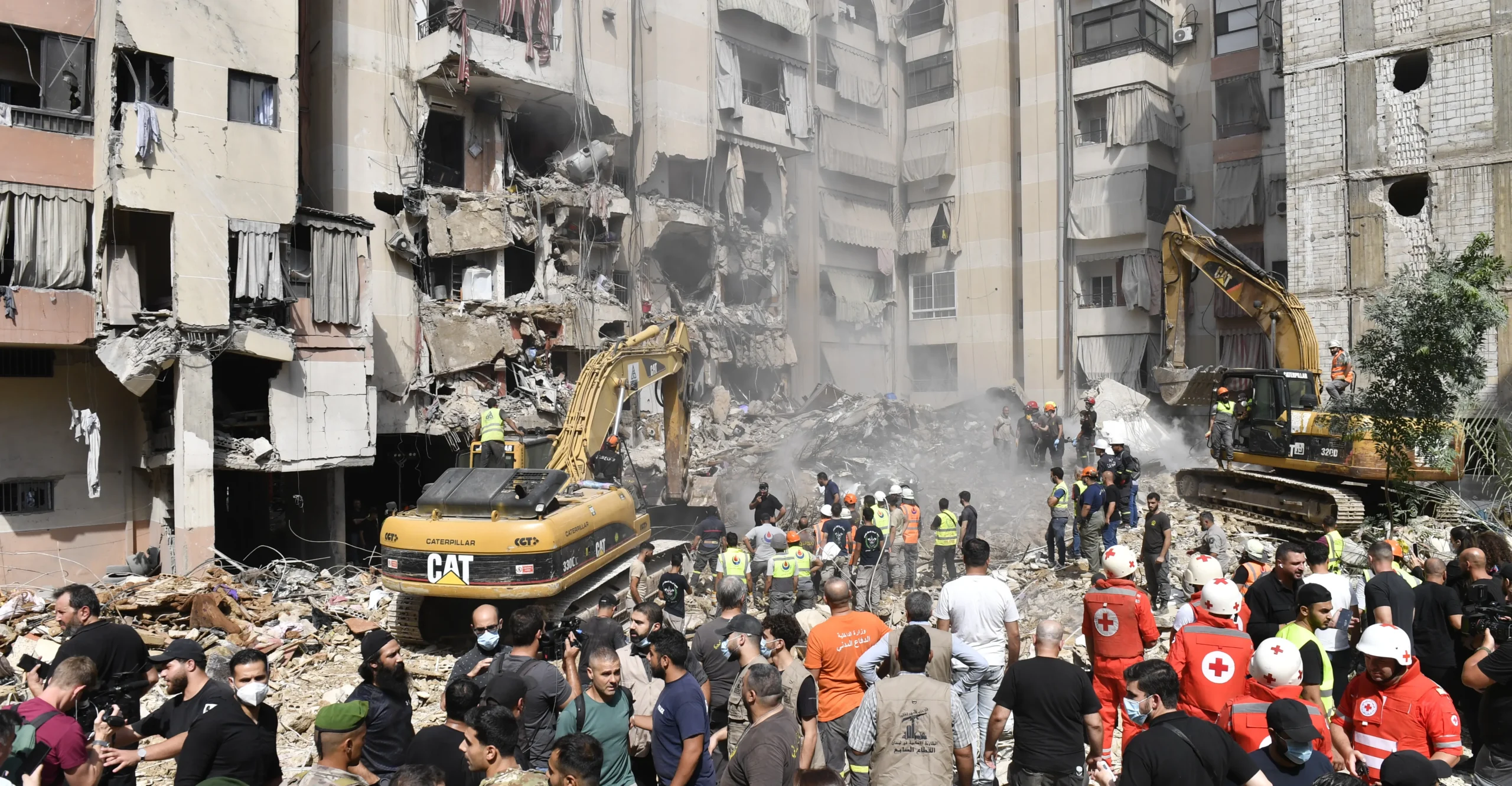Major General Uri Gordon, the northern front commander of Israel’s army, signaled this week a “new phase” of conflict in Lebanon as he prepared troops for ground maneuvers against Hezbollah. The move is part of a series of devastating multi-domain attacks Israel says have significantly degraded Hezbollah’s capabilities. However, the new violence, which has already left more than 550 dead and thousands injured, raises urgent questions about the humanitarian costs and strategic clarity of Israel’s present and future military campaigns in the region.
In less than a fortnight, Israel unleashed a torrent of airstrikes across Lebanon, including an operation called “Arrows of the North,” which targeted some 1,600 allegedly Hezbollah positions. This is what the aerial bombardments started on September 17 and 18 have been and are: a hideous toll in death. Such a tactic speaks of a calculated attempt to strike fear in the hearts of civilians, thereby dramatizing military might. It also reminds one in quite an unsettling way of the past, where it was civilians who, more often than not, bore the brunt of wars.
Critics say it is not ground warfare anymore but some more abstract and remote type of combat, with most casualties on the ground, maximizing as much destruction as possible but with a minimum casualty level for Israeli troops. With tactics similar to that of industrialized warfare, from using IEDs in Communications Devices, the Israeli military is not just attacking Hezbollah’s infrastructures but also sustaining the sanctity of some known parameters during the war. The implications are particularly hazardous for future conflicts since humanitarian and conflict-related adverse situations worsen.
The sheer scale of the air strikes, estimated to be about 500, with over 1,000 sorties, indicates an intensity not seen since Israel’s last conflicts in this area. Indeed, Israel achieved air superiority over Egypt with only a few hundred sorties in the 1967 War. This level of bellicosity hints at more than a tactical attack but, potentially, a shaping operation to prepare for a full-scale ground invasion and, thus, a possibility of war on a significant scale.
Yet, this mystifies the strategic intentions driving these operations. The hundreds of wells and facilities allegedly destroyed under Israeli bombs do little to address questions about what damage has been done to Hezbollah. It could even be argued that the tactics taken by the military are more akin to a “mowing the lawn” strategy – broad areas of land get shredded at random without much hope of an end-game. These operations serve no purpose in remedying the roots of conflict; the constant round of violence only contributes to the worsened humanitarian crisis.
At four divisions plus one—that is, over 16 brigades—Israel risks being overexposed. The question is: Will Hezbollah, which claims to act autonomously and has demonstrated capability on multiple occasions, return with a vengeance? Some analysts might attribute Iranian moderating influence to Hezbollah’s response, but history has shown that when provoked, non-state actors have assumed lives of their own.
In the larger scheme of things, Israel’s current military operations in Lebanon point to a disturbing direction: attacking without any clear strategy. The aftermath of this strategy might not only ignite more chaos in the region but also increase the humanitarian crisis that claims the lives and livelihoods of many innocent civilians. Amid the war rhetoric, there lies an indispensable call for the international community to find immediate diplomatic ways of intervening, lest Lebanon becomes a victim of Israel’s siege on military domination.















